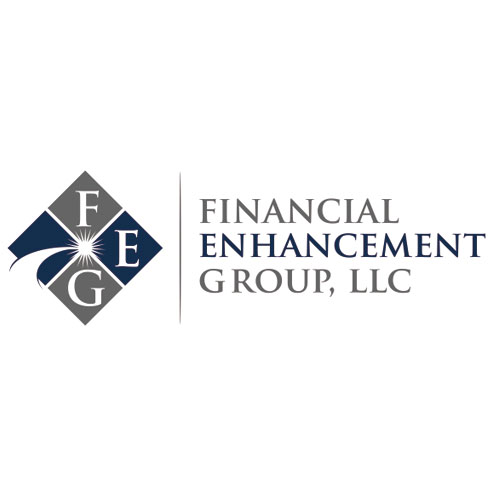[vc_row][vc_column width=”1/4″ offset=”vc_hidden-xs”][vc_widget_sidebar sidebar_id=”sidebar-main”][/vc_column][vc_column width=”3/4″][vc_column_text]
Imagine for a moment that your working career is coming to an end and retirement is on the horizon. What does that look like for you? Are you going to travel to exotic destinations, live in a golf course community, spend more time with the grand kids, volunteer in areas that you are passionate about or live out your bucket list items?
Ironically, yourlifeafterwork.com is our company’s web address and we help many people plan for their life after work. One of the most common questions that we are often asked at the Financial Enhancement Group when it pertains to nearing retirement is; “How much money am I going to need to be able to retire?”
That is a great question and asked by nearly everyone. Unfortunately, I don’t have a one size fits all answer to the question. Everyone’s situation is different and unique. However, there are some common themes that we look at to help our families get to their destination.
When asked the question, “How much money are we going to need for retirement?”, most people have a number in mind or a benchmark number that they are trying to reach. They do so thinking about how much income can be drawn off that magical number or that hitting that goal will provide a certain comfort level. I don’t focus on getting my families that I take care of to a benchmark number. What needs to be focused on is replacing their standard of living, not income.
For example, it may take someone $4,000 a month to cover their living expenses and lifestyle, but their income is $6,000 a month. The focus isn’t on replacing the $6,000 a month in income they are making when they live off $4,000 monthly. In retirement, the plan is to replace the $4,000 that covers their living expenses and lifestyle. Replacing someone’s standard of living can be done in quite a few ways. First, as the advisor, I have to look at what type of fixed income will be coming in from pensions, social security, rental income, annuities, etc. For some, their fixed income will cover their entire standard of living and for others, we have to find ways to supplement their income through drawing down their investments. History has long suggested a standard 4% withdrawal rate from the portfolio, that can increase with inflation. However, history did not involve a period with such low dividend yields (modestly high valuations) and near-zero percent interest rates as we are experiencing now. In past stock market downturns, bond returns have been there to keep a balanced portfolio afloat. I encourage a 3.5% to 3.75% withdrawal rate (at this time!) depending on the mindset of the client. That means that if you built your retirement nest egg to $1,000,000, you could withdraw approximately $35,000 to $37,500 to help supplement your income.
Once I figure out where and how the income is going to come from, the next factor is making sure that it is done so to maximize tax efficiency. Tax efficiency is a critical component that a lot of folks don’t think about when it comes to retirement planning.
There are many different things to consider when planning for your retirement journey. If you haven’t done so, I would encourage you to employ the help of a qualified financial planner that works for a fee rather than sells products as answers. They will be able to help guide you in making the correct retirement decisions, so you can enjoy your life after work.
Disclaimer: Do not construe anything written in this post or this blog in its entirety as a recommendation, research, or an offer to buy or sell any securities. Everything in this post is meant for educational and entertainment purposes only. I or my affiliates may hold positions in securities mentioned in the blog. Please see my Disclosure page for full disclaimer.
[/vc_column_text][/vc_column][/vc_row][vc_row][vc_column offset=”vc_hidden-lg vc_hidden-md vc_hidden-sm”][vc_widget_sidebar sidebar_id=”sidebar-main”][/vc_column][/vc_row]


